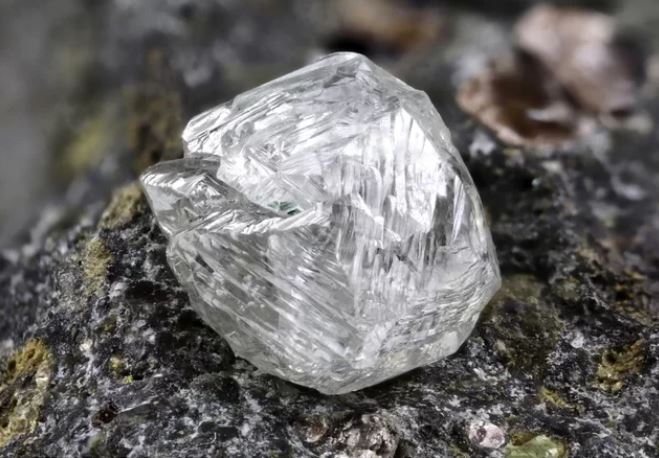Diamonds are forever and it takes a long, long time for a chunk of carbon to crystallize into a sparkling diamond — so long, in fact, that scientists aren’t positive how they’re made.
Diamonds are as mysterious as they are beautiful and this new study shows that diamonds may be the product of complex processes occurring 200 kilometers (124 miles) below the seafloor… and have mimicked these processes in their lab to prove it.

The new formation theory for diamonds
The theory holds that when parts of the slabs of seafloor (or oceanic plates) rapidly subduct under the continental plate, a sediment on the seafloor drops hundreds of kilometers into the Earth’s crust, where high temperatures and intense pressure at 40,000 times that of atmospheric pressure ultimately compound the minerals into small crystals. These then melt in the ancient mantle at temperatures of more than 800°C (1,500°F).
These small carbon-fixed stones mix with a volcanic magma called kimberlite and spout back onto the Earth’s surface as diamonds. Fluids trapped inside of diamonds have high concentrations of saline thought to come from deep subduction zones, which suggests that this process may very well have been occurring for billions of years.
“There was a theory that the salts trapped inside diamonds came from marine seawater, but couldn’t be tested,” said lead author Michael Forster. “Our research showed that they came from marine sediment.“
Sounds pretty magical, doesn’t it?
To put their theory to the test, the scientists recreated these extreme conditions in the lab where they plopped marine sediment in a vessel with a common rock called peridotite. Here, they simulated the reaction between the two by cranking up the pressure and heat and giving them time to react with one another.
“We demonstrated that the processes that lead to diamond growth are driven by the recycling of oceanic sediments in subduction zones,” said Forster. “The products of our experiments also resulted in the formation of minerals that are necessary ingredients for the formation of kimberlite magmas, which transport diamonds to the Earth’s surface.“

But these aren’t the shiny diamonds found on your grandmother’s engagement ring. Diamonds formed through this process are likely those known as cloudy, less desirable fibrous diamonds which have applications in technology and engineering.











